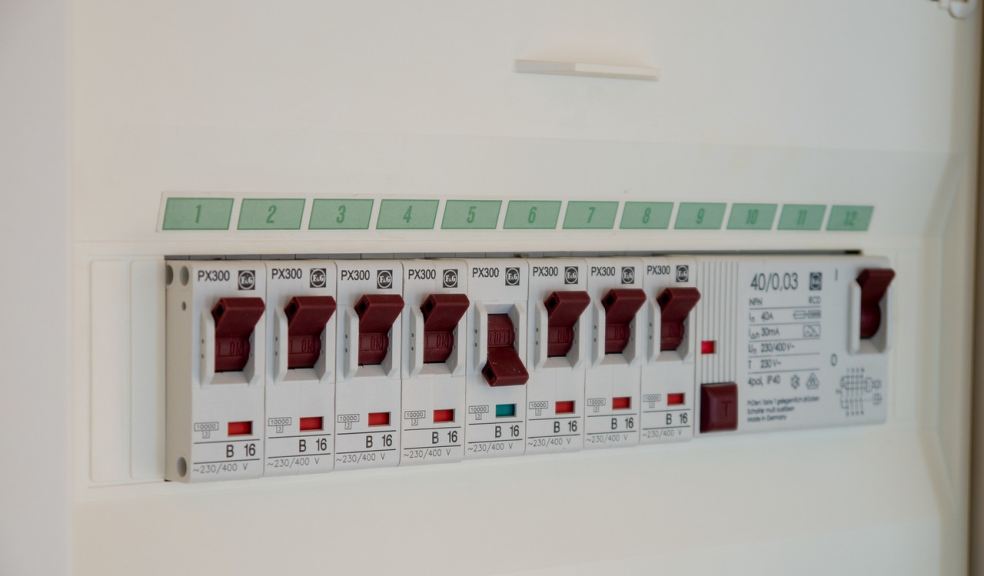
The importance of EICRs in the UK private rental sector
Landlords in the UK Private Rental Sector often overlook the importance of electrical safety, but every year electrical faults cause 200,000 accidental household fires across the country. Electrical issues pose a threat to life, but can also lead to loss of property and income, not to mention legal complications.
If you worry over the policies regarding faulty electrics, please check out this policy guide by experts from Health and Safety Executive.
Here, we discuss the importance of EICRs in the UK Private Rental Sector and explain why landlords need to arrange for regular electrical testing, in order to remain compliant with national standards.
What is an EICR?
So, what is an EICR? Also known as an Electrical Installation Condition Report, EICRs are a comprehensive inspection of all the electrical installations inside a building. This covers everything from cabling to light fixtures and distribution boards, and the report highlights any areas of concern that could lead to injury or accident.
During the examination, which must be performed by a qualified engineer, any issues will be assigned an observation code. There are four EICR observation codes, each ranging in severity. These are as follows: C1, C2, C3 and F1. Rectifying all issues as quickly as possible is considered best practice.
Why are EICRs so Important?
EICRs are extremely important from a health and safety point of view. Over time, electrical installations deteriorate and can be affected by anything from water ingress to human error. Left unchecked, electrics can pose a real risk to safety and can also lead to fire.
EICRs highlight any problems, before they have a chance to cause harm. EICR reports detail the state of all the electrical elements within a building, to help ensure your property is compliant with BS 7671 – the national standard for electrical installations. Without an EICR, landlords are putting their tenants at risk – as well as their properties.
EICRs and Insurance
Electrical Installation Condition Reports are not just essential from a health and safety point of view, though. Failure to keep on top of electrical faults could have devastating financial and legal implications for landlords. If you ignore this essential maintenance, your home, contents and liability insurance could be invalidated.
In order to make a property insurance claim, landlords will need to have a valid EICR in place. All landlords should check whether their insurance policy includes this requirement, but if in doubt, speak directly with your insurance supplier.
Legal Requirements for EICRs in the UK Private Rental Sector
As of 1st June 2020, Government regulations make it mandatory for landlords within the UK private rental sector to have their electrical installations tested every five years. For older electrical installations more frequent testing is recommended, as older buildings are likely to house old-fashioned systems.
Buildings of higher risk, which are those that are at least 18 metres in height or have at least seven storeys and two residential units, should also have EICRs carried out more frequently. This is because any electrical faults have the potential to cause widespread damage.
Landlords should also be aware that any damage or injury caused as a result of electrical issues, could lead to legal disputes, lawsuits and the removal of necessary landlord licences. Therefore, this essential home maintenance should not be overlooked.
EICR Remedial Works
Under the Electrical Safety Standards in the Private Rented Sector (England) Regulations 2020, landlords have 28 days to arrange any repair works following an EICR.
All C1, C2 and FI faults should be fixed as a matter of urgency, but rectifying all errors is best practice. Once repair works have been carried out, another full EICR will be completed, to ensure the maintenance has been completed successfully. Only then will a landlord be issued with an EICR certificate as proof of compliance.













